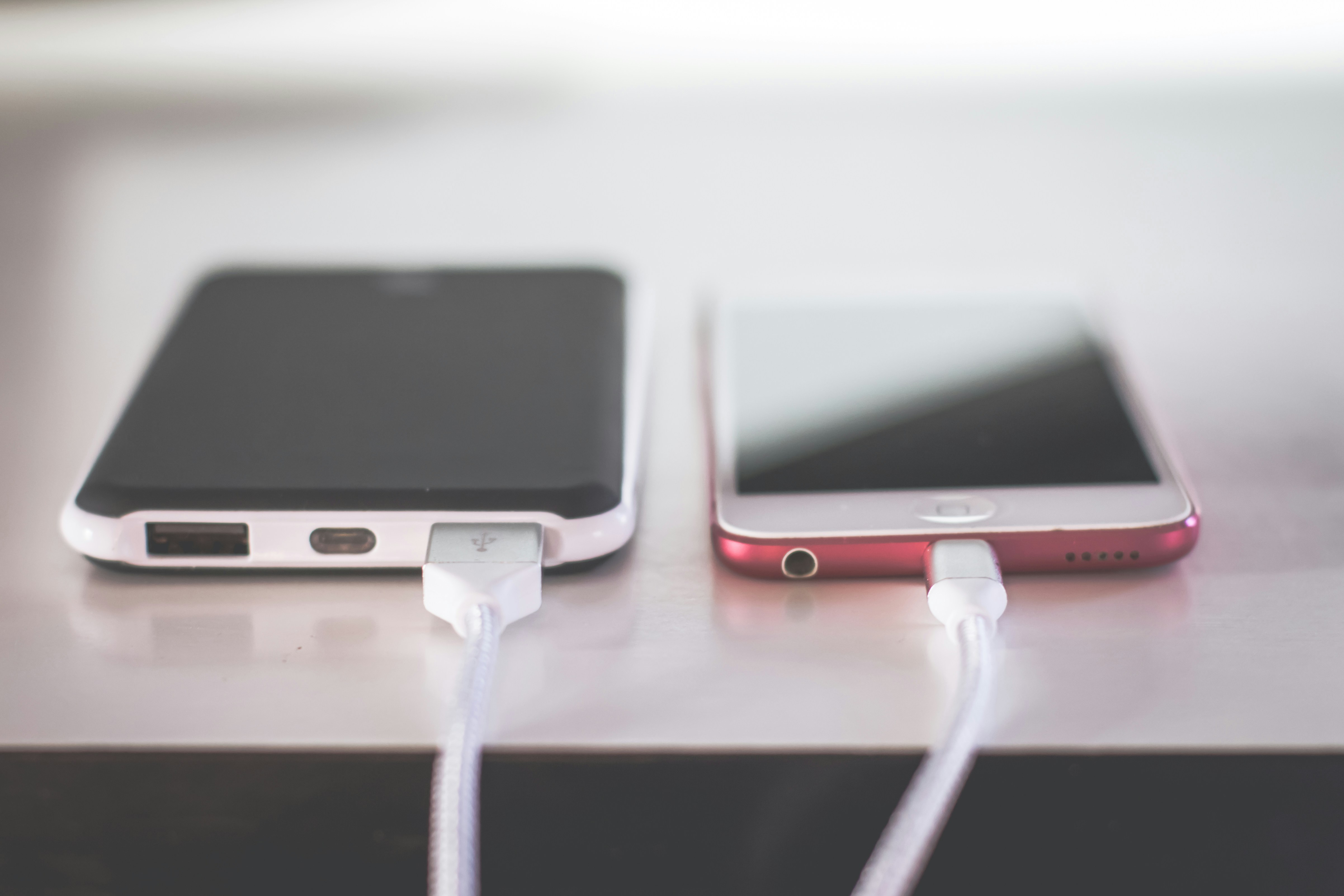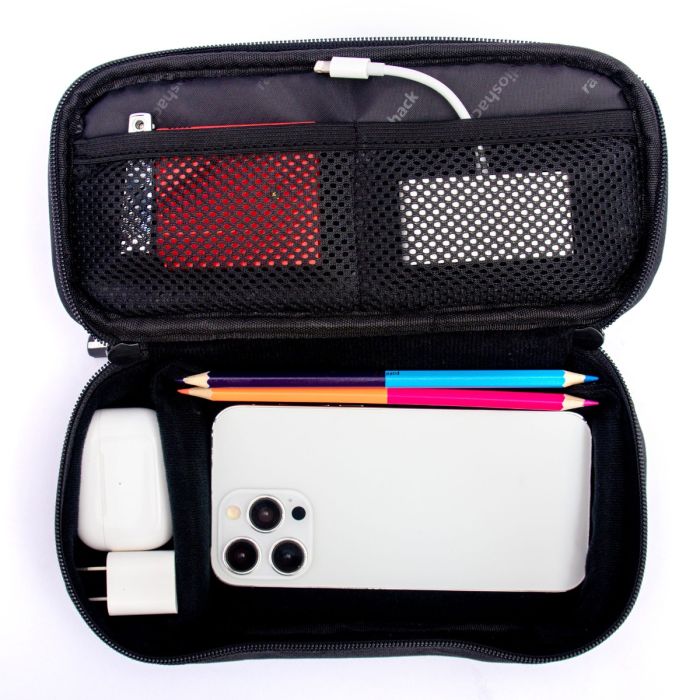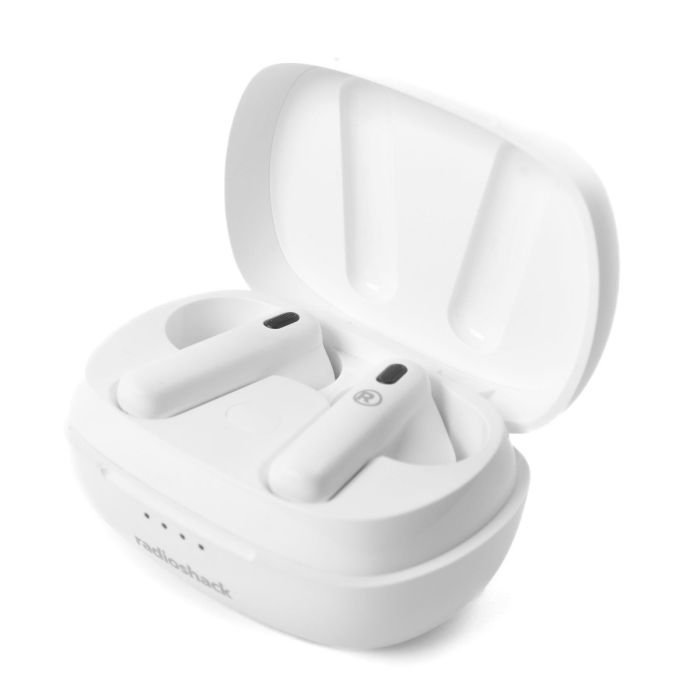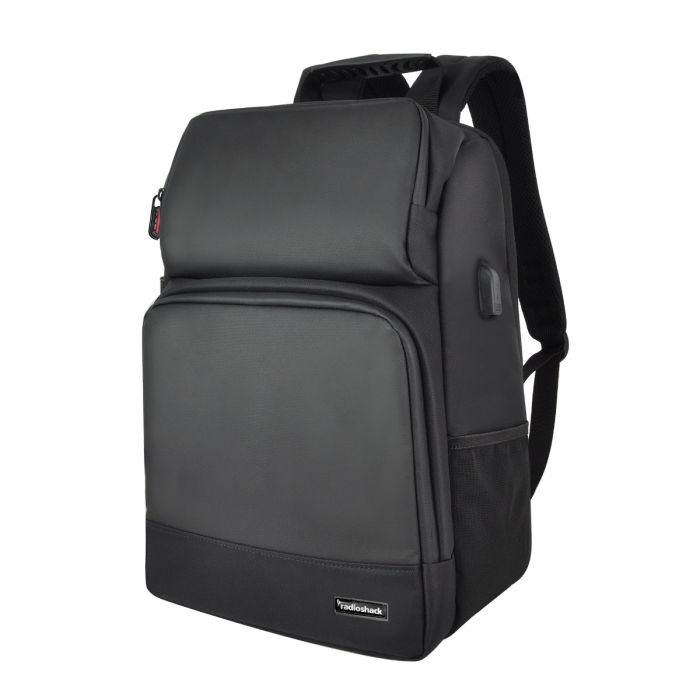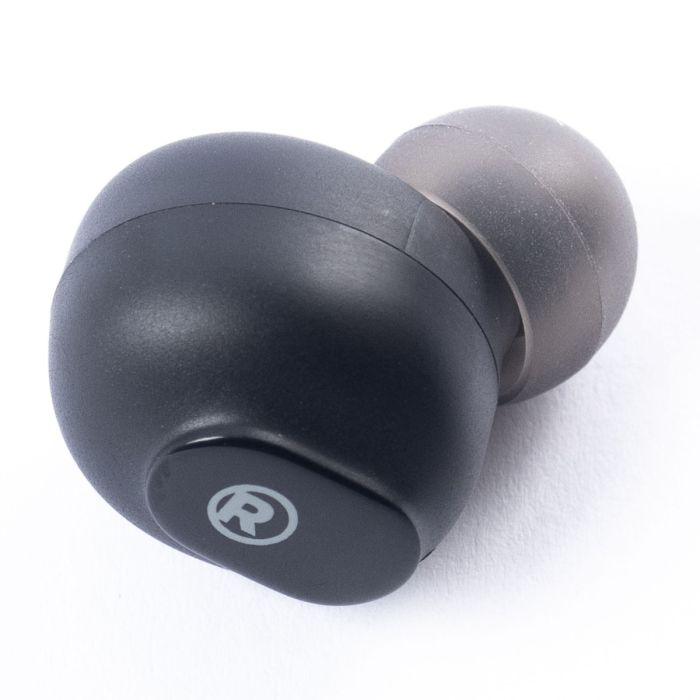Cable Guide 101: Everyday essentials


In modern times, where wireless connections seem to advance day by day, classic cables remain a reliable and necessary item for most tech gadgets. Even if buying a cable seems like an easy thing to do, there’s some consideration behind it if you’re looking for the best overall performance.
When looking for a cable, you might come across a wide array of cables with different lengths, tips, usage, and endless attributes that can be a bit tricky if you're not quite sure which one is the best option for your needs. To make this easier for you, we've got some things to keep in mind when choosing the right cable so you can enjoy the best possible tech experience.
Choosing the right cable for your needs
Understanding which cables best suit your needs can significantly impact how well your devices perform, and how long they last. There are lots of different uses for cables, such as charging, data transfer, connectivity, and more. With that said, identifying the primary purpose for which you need the cable and the device you’ll use it on will help narrow down your options.
-
Fast-charging cables
Let’s get this clear. The one essential thing every smartphone or tablet owner needs is an extra charging cable. Even if you have a wireless powerbank or portable charger on hand, there’s no such thing as having too many chargers. But as different devices have varying power needs, make sure you’re investing in a high-quality charging cable that’s compatible with your device and can handle the needed wattage for your electronics, ensuring they power up quickly and safely, keeping you on the go without unnecessary waiting times.
RadioShack Storage case
-
High-speed data transfer
A data transfer cable acts as a bridge, as they are designed to move information between your devices. These cables play a significant role in tasks that involve large volumes of data, such as video editing, backups, or device migration. The speed and efficiency of data transfer depend on the cable's specifications. Selecting the right cable for you involves matching its speed capacity with the requirements of your devices to ensure fast and reliable data synchronization.
-
Connectivity
If what you’re looking for is a cable for connection purposes, you must focus on compatibility. When choosing a cable, what you want to prioritize is its role in ensuring seamless connectivity between your devices, and as there are countless options such as USB-C, HDMI, Ethernet, Lightning, and many others, not every cable will be compatible with your electronics. Make sure that the cable you choose matches the connection ports on your devices to prevent performance issues, in the worst-case scenario, having to buy new ones.
How the right cable can boost your tech
When we think about upgrading our tech, we often focus on the devices themselves: having the latest smartphone, a faster laptop, or a brand-new gaming console. However, if you think about it, the cables that you’re using to connect and charge your devices are just as important to ensure excellent performance, and having the right cables can give you the upgrade you're looking for, that's why choosing which cable to buy is a little harder than just considering compatibility or basic functionality. Here are a few reasons why having the right cable can boost your tech devices:
-
Functionality
Starting with the obvious. The first thing that comes to mind when thinking about cables is, of course, what's the use of them. There are several types of cables for charging, connectivity, and data transfer, and even though all of them cover their basics, some options may offer additional features that instantly make them better choices.
Some cables offer additional features such as fast charging, which is especially useful for smartphones, tablets, and laptops. Also, there are multi-device cables that eliminate the need to carry a bunch of cables for all your devices, as they have different connecting tips like USB-C, Lightning, or Micro USB. These features make them better options as they provide additional benefits than regular cables.
-
Speed
When it comes to technology, speed is a crucial factor that can influence your overall experience and productivity. It could mean the speed at which data is transferred, devices are charged, or information is accessed, whether it’s for work, entertainment, or everyday use. Fast-charging cables for starters allow you to power up your devices quickly and efficiently, and if you're constantly on the go, having a fast-charging cable in your bag or backpack might be helpful as they can significantly decrease the charging time of your device wherever you are.
If we focus on HDMI cables, speed refers to high-quality audio and video transmission transmitted per second. HDMI 2.0 or 2.1 cables support high resolutions and faster refresh rates, which might be appreciated for gamers, as this means smoother gameplay, improvements in terms of image quality and responsiveness, and better overall experience.
Radioshack True Wireless Headphones 400MAH Active Noise Cancelling IPX5 White
Also, if you’re a professional who works with large files, such as video editors, graphic designers, and photographers, having high-speed cables ensures faster high-quality data transfer, minimizing downtime and allowing you to focus on critical tasks and productivity.
-
Dependable cables
Investing in high-quality cables can significantly minimize the risk of connection drops and signal interruptions, enhancing the overall performance and dependability of your setup. A reliable cable guarantees that data transmission remains consistent, which is essential for both personal and professional use.
Radioshack True Wireless Headphones 400MAH
Active Noise Cancelling IPX5 White
For example, in a business context, reliable cables equal secure cloud backups, stable connection during video conferences, and any other day-to-day operations without data loss or interruptions. Similarly, for home use, such as streaming or gaming, reliability translates to a seamless and more enjoyable experience. When streaming movies or TV shows we all want a stable connection to keep up with our day-long marathons without worrying about poor video quality, meanwhile for gamers, there’s nothing worse than lagging mid-game or sudden disconnections.
So, investing in dependable cables will provide uninterrupted experiences whether you're watching your favorite shows, engaging in intense gaming sessions, or prioritizing productivity in professional tasks.
Preventing cable damage
Even the best-quality cables will fail if you’re not taking care of them properly. If you’re constantly using your cables and not storing them correctly, it’s pretty common to notice physical damage over time or connectivity issues. Keep in mind early detection of damage can prevent further deterioration, so regularly checking your cables for signs of wear and tear can avoid potential safety or functionality hazards, such as electrical shorts or data loss. If your cables are showing signs of fraying, exposed wires, or reduced performance, it’s time to replace them. Here are 3 tips to help you prolong your cable lifespan:
-
Avoid moisture and extreme temperatures
As obvious as it sounds, temperatures and moisture can damage cables. This includes direct sunlight or heat sources, as many cables are not designed to be used in extreme conditions. Also, try to keep them away from humid environments, liquid spills or splashes, or any exposure to moisture to prevent performance issues or even device failure.
-
Store your cables properly
When storing your cables, avoid wrapping them too tight or intertwining them with other objects that may cause them to tangle, scratch, or break. Many cables even come with their own velcro ties to ensure they’re properly wrapped and organized.
A great option for cable management is investing in a storage case. These organizers are designed with multiple storage compartments to keep cables separate and protected, ensuring they remain in optimal condition whenever you need them.
-
Gentle handling
When handling your cables, you want to be as gentle as possible. Keep in mind that bending or twisting them constantly can weaken or even break the internal wires, which will cause them to stop working eventually. Likewise, try to move them away from any object that could potentially damage them or, if they are kept on the floor, place them away from your feet to avoid constantly stepping on them and affecting their performance. Finally, when unplugging, avoid pulling on the cable itself. Instead, handle them from the connector to minimize wear and tear over time.
So, let's wrap things up! Having the right cables can significantly boost your overall tech experience, whether it's for work, entertainment, or day-to-day use. Understanding your needs for each device, choosing high-quality products, and taking proper care of your cables will upgrade your tech experience while also reducing the risk of damage to your devices and saving you time and money in the long term. Now that we've covered all the cable essentials, you're ready to unlock the full potential of your tech devices.
Get ready for more enjoyable tech moments with RadioShack! Stay tuned for more useful tips and tricks.
Cable Guide 101: Everyday essentials
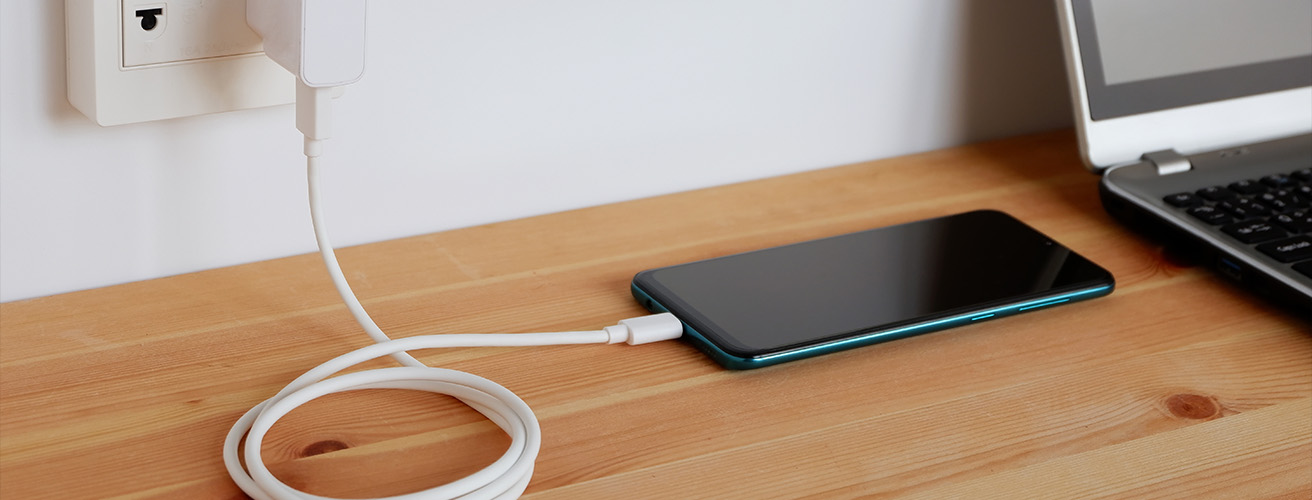

In modern times, where wireless connections seem to advance day by day, classic cables remain a reliable and necessary item for most tech gadgets. Even if buying a cable seems like an easy thing to do, there’s some consideration behind it if you’re looking for the best overall performance.
RadioShack True Wireless earbuds 400MAH High Performance IPX5 Black
When looking for a cable, you might come across a wide array of cables with different lengths, tips, usage, and endless attributes that can be a bit tricky if you're not quite sure which one is the best option for your needs. To make this easier for you, we've got some things to keep in mind when choosing the right cable so you can enjoy the best possible tech experience.
Choosing the right cable for your needs
Understanding which cables best suit your needs can significantly impact how well your devices perform, and how long they last. There are lots of different uses for cables, such as charging, data transfer, connectivity, and more. With that said, identifying the primary purpose for which you need the cable and the device you’ll use it on will help narrow down your options.
-
Fast-charging cables
Let’s get this clear. The one essential thing every smartphone or tablet owner needs is an extra charging cable. Even if you have a wireless powerbank or portable charger on hand, there’s no such thing as having too many chargers. But as different devices have varying power needs, make sure you’re investing in a high-quality charging cable that’s compatible with your device and can handle the needed wattage for your electronics, ensuring they power up quickly and safely, keeping you on the go without unnecessary waiting times.
RadioShack Storage case
-
High-speed data transfer
A data transfer cable acts as a bridge, as they are designed to move information between your devices. These cables play a significant role in tasks that involve large volumes of data, such as video editing, backups, or device migration. The speed and efficiency of data transfer depend on the cable's specifications. Selecting the right cable for you involves matching its speed capacity with the requirements of your devices to ensure fast and reliable data synchronization.
-
Connectivity
If what you’re looking for is a cable for connection purposes, you must focus on compatibility. When choosing a cable, what you want to prioritize is its role in ensuring seamless connectivity between your devices, and as there are countless options such as USB-C, HDMI, Ethernet, Lightning, and many others, not every cable will be compatible with your electronics. Make sure that the cable you choose matches the connection ports on your devices to prevent performance issues, in the worst-case scenario, having to buy new ones.
How the right cable can boost your tech
When we think about upgrading our tech, we often focus on the devices themselves: having the latest smartphone, a faster laptop, or a brand-new gaming console. However, if you think about it, the cables that you’re using to connect and charge your devices are just as important to ensure excellent performance, and having the right cables can give you the upgrade you're looking for, that's why choosing which cable to buy is a little harder than just considering compatibility or basic functionality. Here are a few reasons why having the right cable can boost your tech devices:
-
Functionality
Starting with the obvious. The first thing that comes to mind when thinking about cables is, of course, what's the use of them. There are several types of cables for charging, connectivity, and data transfer, and even though all of them cover their basics, some options may offer additional features that instantly make them better choices.
Some cables offer additional features such as fast charging, which is especially useful for smartphones, tablets, and laptops. Also, there are multi-device cables that eliminate the need to carry a bunch of cables for all your devices, as they have different connecting tips like USB-C, Lightning, or Micro USB. These features make them better options as they provide additional benefits than regular cables.
-
Speed
When it comes to technology, speed is a crucial factor that can influence your overall experience and productivity. It could mean the speed at which data is transferred, devices are charged, or information is accessed, whether it’s for work, entertainment, or everyday use. Fast-charging cables for starters allow you to power up your devices quickly and efficiently, and if you're constantly on the go, having a fast-charging cable in your bag or backpack might be helpful as they can significantly decrease the charging time of your device wherever you are.
If we focus on HDMI cables, speed refers to high-quality audio and video transmission transmitted per second. HDMI 2.0 or 2.1 cables support high resolutions and faster refresh rates, which might be appreciated for gamers, as this means smoother gameplay, improvements in terms of image quality and responsiveness, and better overall experience.
Radioshack True Wireless Headphones 400MAH Active Noise Cancelling IPX5 White
For example, in a business context, reliable cables equal secure cloud backups, stable connection during video conferences, and any other day-to-day operations without data loss or interruptions. Similarly, for home use, such as streaming or gaming, reliability translates to a seamless and more enjoyable experience. When streaming movies or TV shows we all want a stable connection to keep up with our day-long marathons without worrying about poor video quality, meanwhile for gamers, there’s nothing worse than lagging mid-game or sudden disconnections.
So, investing in dependable cables will provide uninterrupted experiences whether you're watching your favorite shows, engaging in intense gaming sessions, or prioritizing productivity in professional tasks.
Preventing cable damage
Even the best-quality cables will fail if you’re not taking care of them properly. If you’re constantly using your cables and not storing them correctly, it’s pretty common to notice physical damage over time or connectivity issues. Keep in mind early detection of damage can prevent further deterioration, so regularly checking your cables for signs of wear and tear can avoid potential safety or functionality hazards, such as electrical shorts or data loss. If your cables are showing signs of fraying, exposed wires, or reduced performance, it’s time to replace them. Here are 3 tips to help you prolong your cable lifespan:
-
Avoid moisture and extreme temperatures
As obvious as it sounds, temperatures and moisture can damage cables. This includes direct sunlight or heat sources, as many cables are not designed to be used in extreme conditions. Also, try to keep them away from humid environments, liquid spills or splashes, or any exposure to moisture to prevent performance issues or even device failure.
-
Store your cables properly
When storing your cables, avoid wrapping them too tight or intertwining them with other objects that may cause them to tangle, scratch, or break. Many cables even come with their own velcro ties to ensure they’reproperly wrapped and organized.
A great option for cable management is investing in a storage case. These organizers are designed with multiple storage compartments to keep cables separate and protected, ensuring they remain in optimal condition whenever you need them.
-
Gentle handling
When handling your cables, you want to be as gentle as possible. Keep in mind that bending or twisting them constantly can weaken or even break the internal wires, which will cause them to stop working eventually. Likewise, try to move them away from any object that could potentially damage them or, if they are kept on the floor, place them away from your feet to avoid constantly stepping on them and affecting their performance. Finally, when unplugging, avoid pulling on the cable itself. Instead, handle them from the connector to minimize wear and tear over time.
So, let's wrap things up! Having the right cables can significantly boost your overall tech experience, whether it's for work, entertainment, or day-to-day use. Understanding your needs for each device, choosing high-quality products, and taking proper care of your cables will upgrade your tech experience while also reducing the risk of damage to your devices and saving you time and money in the long term. Now that we've covered all the cable essentials, you're ready to unlock the full potential of your tech devices.
Get ready for more enjoyable tech moments with RadioShack! Stay tuned for more useful tips and tricks.

